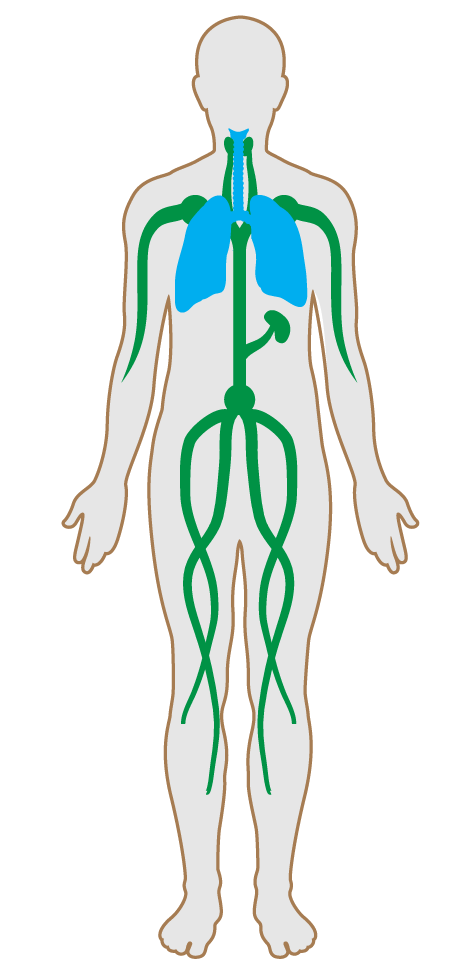Humidity control
Features/Air/Feature 16
- 01 Air quality standards
- 02 Smoking ban
- 03 Ventilation effectiveness
- 04 VOC reduction
- 05 Air filtration
- 06 Microbe and mold control
- 07 Construction pollution management
- 08 Healthy entrance
- 09 Cleaning protocol
- 10 Pesticide management
- 11 Fundamental material safety
- 12 Moisture management
- 13 Air flush
- 14 Air infiltration management
- 15 Increased ventilation
- 16 Humidity control
- 17 Direct source ventilation
- 18 Air quality monitoring and feedback
- 19 Operable windows
- 20 Outdoor air systems
- 21 Displacement ventilation
- 22 Pest control
- 23 Advanced air purification
- 24 Combustion minimization
- 25 Toxic material reduction
- 26 Enhanced material safety
- 27 Antimicrobial activity for surfaces
- 28 Cleanable environment
- 29 Cleaning equipment
- P9 Advanced cleaning
Humidity control
Intent:
To limit the growth of pathogens, reduce off-gassing, and maintain thermal comfort by providing the appropriate level of humidity.
BACKGROUND
Extremely low humidity can lead to dryness and irritation of the skin, eyes, throat and mucous membranes. Conversely, high humidity may promote the accumulation and growth of microbial pathogens, including bacteria, dust mites and mold, which can lead to odors and cause respiratory irritation and allergies in sensitive individuals. Additionally, higher humidity levels can lead to increased off-gassing: an increase in relative humidity of 35% can increase the emissions of formaldehyde by a factor of 1.8–2.6.
At least one of the following is required:
a.8
A ventilation system with the capability to maintain relative humidity between 30% to 50% at all times by adding or removing moisture from the air.
b.
Modeled humidity levels in the space are within 30% to 50% for at least 95% of all business hours of the year. Buildings in climates with narrow humidity ranges are encouraged to pursue this option.

